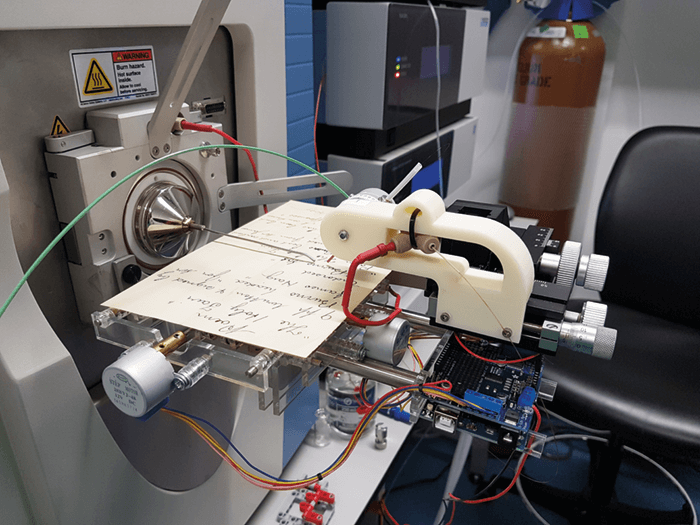A painful subungual tumor measuring 0.8 cm was removed from the finger of a 29-year-old man.
What is the diagnosis?
a. Eccrine spiradenoma
b. Eccrine poroma
c. Glomangioma
d. Arteriovenous malformation
We will reveal the answer in next month’s issue!
Do you think you have a good case of the month? Email it to edit@thepathologist.com

Answer to last issue’s Case of the Month…
B. Angiolymphoid hyperplasia with eosinophilia
This condition is common in middle-aged men. It usually affects the subcutaneous and dermal layers of the skin. There is significant proliferation of the vascular channels lined by plump endothelial cells. Surrounding these vessels is an abundant mixture of inflammatory cells, predominantly eosinophils (1).
Submitted by Seoparjoo Azmel bin Mohd Isa, Pensyarah Perubatan & Pakar Patologi (Patologi Anatomik), Jabatan Patologi, Pusat Pengajian Sains Perubatan, Universiti Sains Malaysia, Kelantan, Malaysia.
Reference
- J Balakrishna, “Angiolymphoid hyperplasia with eosinophilia” (2017). PathologyOutlines.com website. Available at: https://bit.ly/2OMmvaa. Accessed July 17, 2018.
